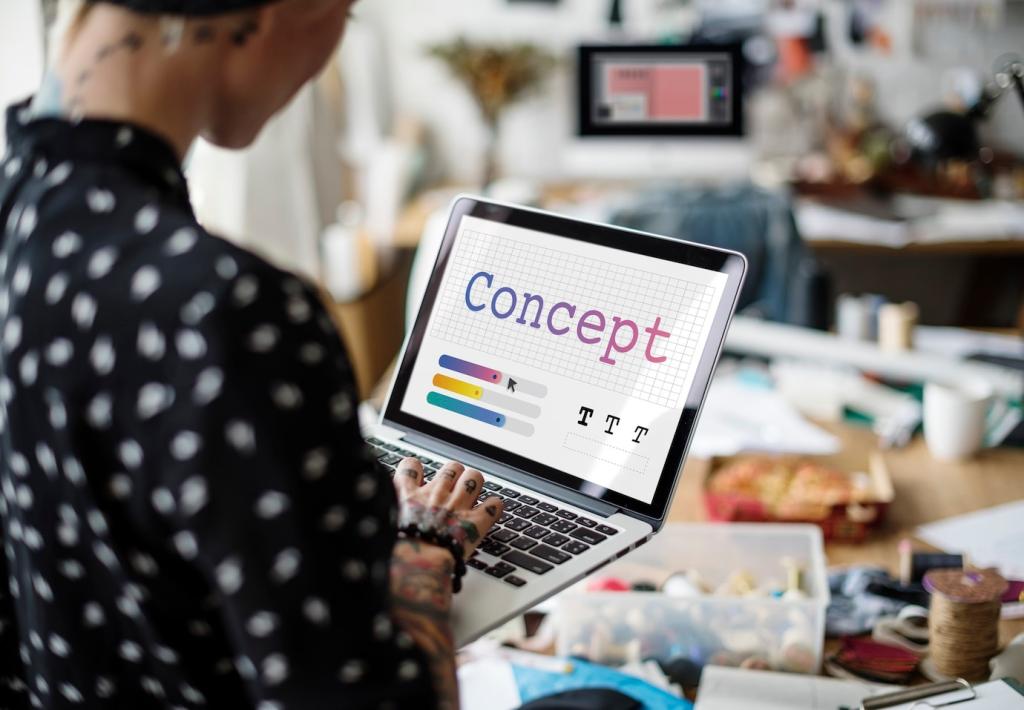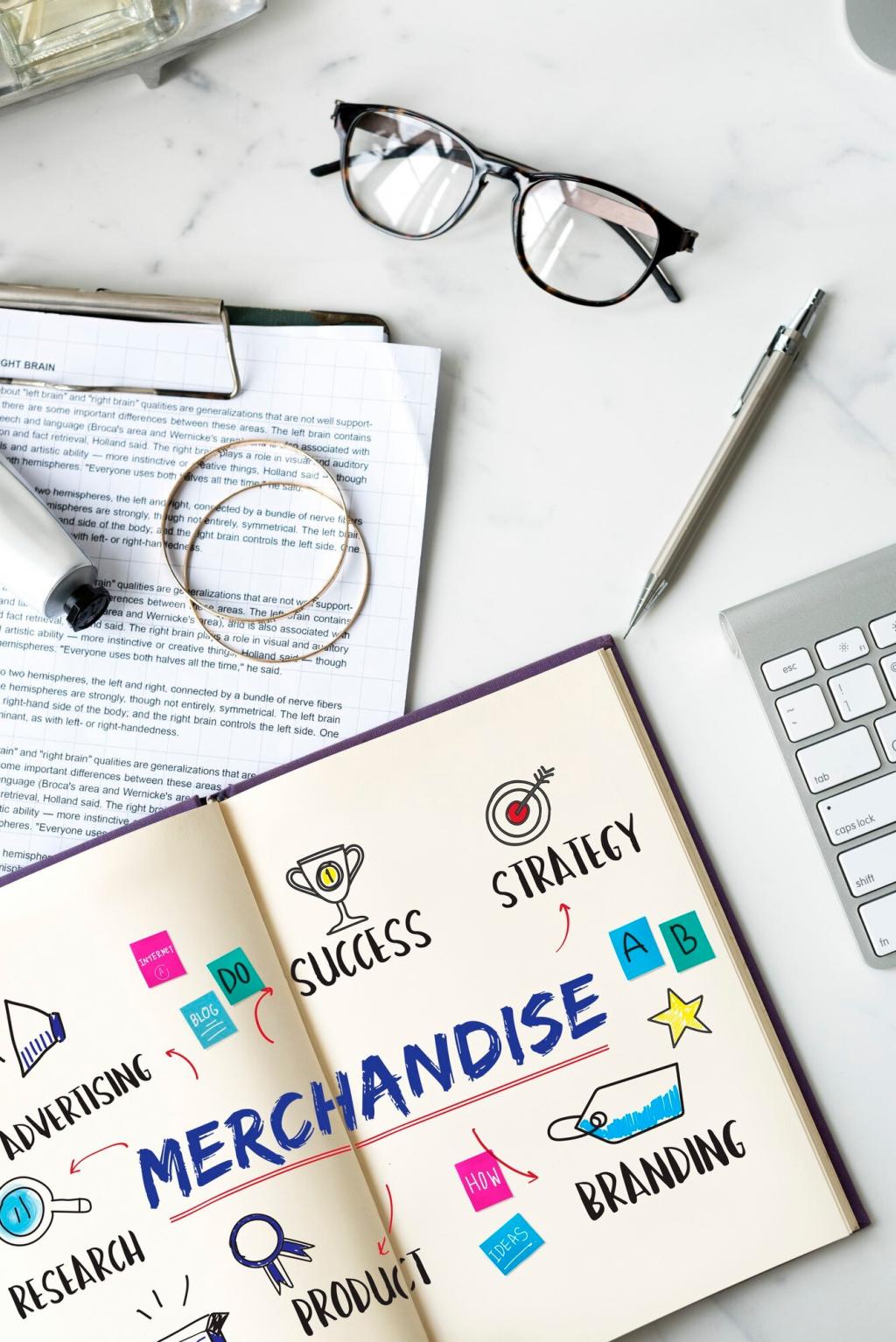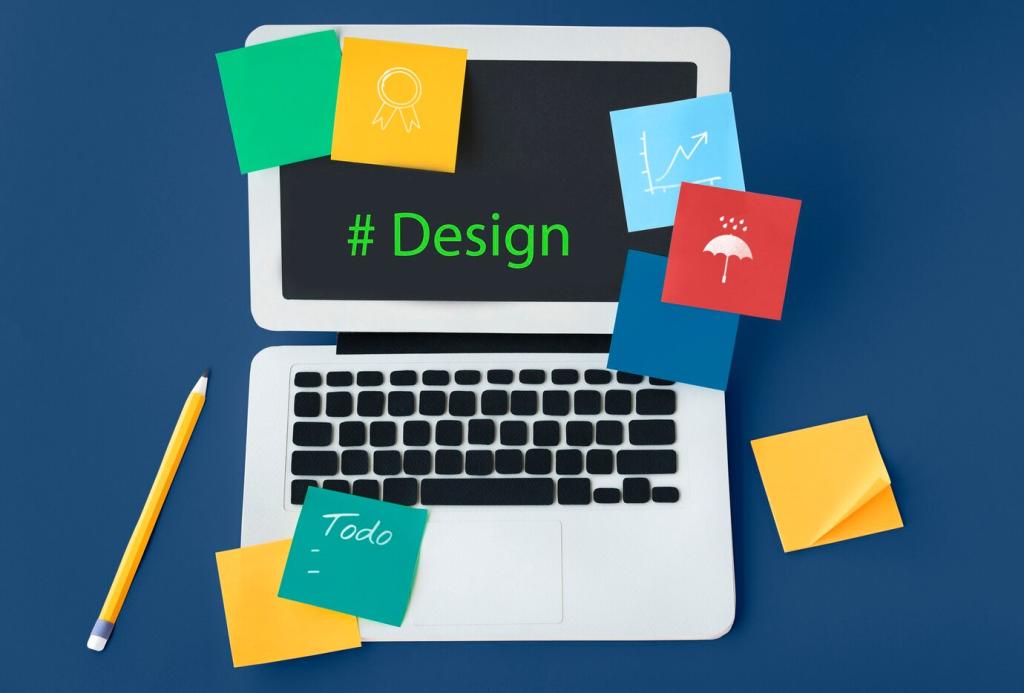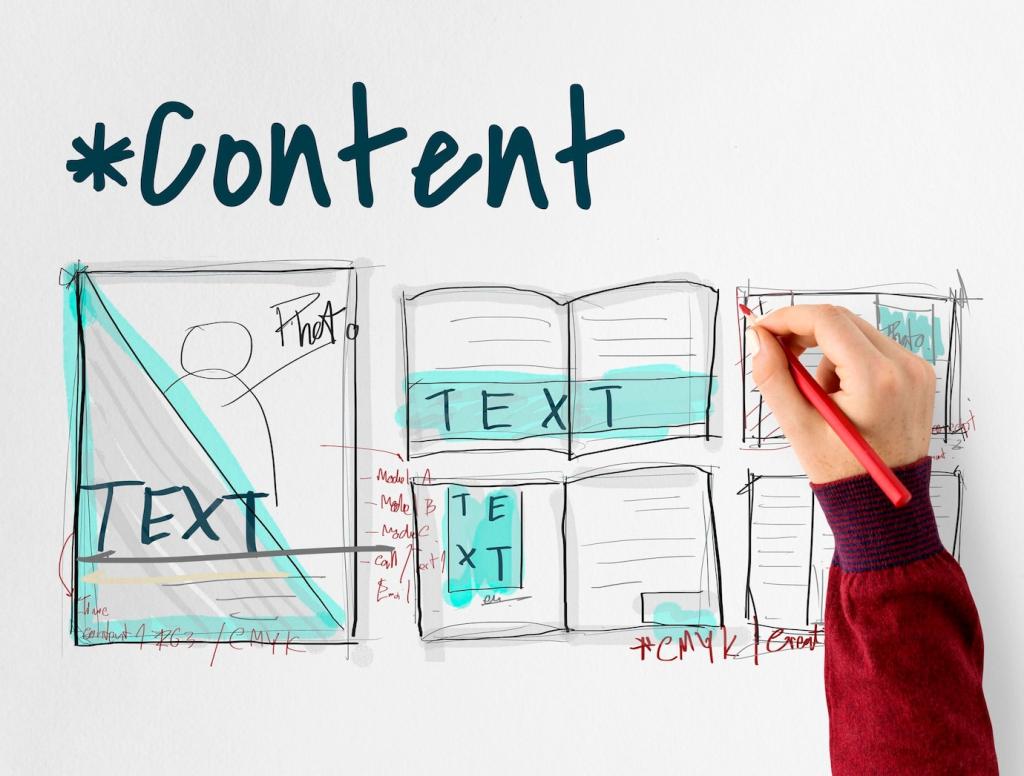Why Balance Matters
Users skim, decide, and move. Clear, concise language reduces cognitive load, while a touch of creativity sustains attention and memory. When comprehension comes first, delight lingers longer. What lines have helped you breathe easier while still smiling? Tell us below.
Why Balance Matters
Creative flourishes succeed when they reinforce meaning, not replace it. A metaphor can accelerate understanding, but only if users instantly grasp it. If a clever line needs a footnote, it likely needs a revision. Share a well-placed flourish that improved your UX.









